Actual Living Scientists and Engineers!
Can your child name a living scientist? Can you?
In the past two weeks an explosion of initiatives and media around science has erupted. The March for Science has been scheduled for Earth Day, April 22 (#marchforscience); a new #actuallivingscientist hashtag has gone viral on Twitter; and numerous op-eds and articles have been published, including this column in the Boston Globe’s STAT News online: "A lot of Americans don’t know a single scientist. We have to fix that." The headline refers to a 2013 survey conducted by Research!America which found that 70% of the 1,000 adults polled could not name a living scientist.
At The Discovery Museums we’ve always connected our visitors with biologists, chemists, physicists, engineers, and other professionals through our program offerings. As a scientist and educator, I know how impactful one-on-one interactions with professionals can be on children and adults. Shared activities and interactions spark interest, teach concepts, introduce science tools, develop skills, and promote a better understanding of the exciting and sometimes frustrating processes of scientific discovery and problem-solving in engineering.
Our commitment to providing the highest quality programs is exemplified by our Science & Engineering Communication Fellowship program. This program, part of the Portal to the Public national network, provides training in effective communication and support for developing relevant hands-on activities. Over the past three years, more than 40 scientists, engineers, physicians, mathematicians, and other professionals from 20 different universities and corporations completed workshops, designed activities, and presented programs to our visitors, earning the designation of Fellow. I have been privileged to see the positive impact that the high-quality interactive activities and one-on-one conversations at our free Meet the Scientists! events have had on children and adults.
A few examples of the activities our Fellows' created for our visitors include:
- Seeing ‘glowing’ tagged molecules in fruit flies through a fluorescent microscope with a biologist sparks excitement and ‘aha’ moments; searching for one fluorescent bead in a cell model of white beads helps visitors see how markers can pinpoint ‘a needle in a haystack.’
- Putting on a clean suit and gloves to clean a computer chip, and using a microscope to see dust with an engineering professor highlights the challenges of microelectronics fabrication.
- Spinning raw and hardboiled eggs and observing their behavior prompts conversations with a physicist about challenges and techniques used to study nuclear structure.
- Collecting ½ cup samples of white and black rice from a tub of a million grains of rice, counting parts per million, and graphing the data with a climate scientist help visitors understand how scientific data is collected and interpreted.
- Making helmets for egg ‘brains,’ mapping activity centers on paper brain caps, and doing perception games with neuroscientists foster appreciation for our remarkable brains.
- Pouring glittery water through models of bird and mammal kidneys with a biologist dramatically demonstrates how and why people pee, but birds cannot.
Most importantly, these memorable experiences connect visitors with dynamic professionals who are passionate about their research or work, and who volunteer their time to develop meaningful activities that communicate to the public current research and new technologies.
The Discovery Museums’ commitment to scientific outreach includes the following events in the next few months:
- Family Science Days at the AAAS (Association for the Advancement of Science) 2017 Annual Meeting at the Hynes Convention Center in Boston, Saturday, February 18 and Sunday, February 19. Click for more information and to pre-register.
- Meet the Scientists! at The Discovery Museums, Monday, April 17th; 11am to 1pm; free with admission. Part of the 2017 Cambridge Science Festival.
- Meet the Scientists! at The Discovery Museums, Friday, May 5th, 6:00-8:00pm. Free!
Now, more than ever, connecting our visitors with the talented, dedicated, and diverse men and women who do science and engineering in their professions is vitally important to promote appreciation and critical thinking about current science and technology. Please join us if you can, to meet dynamic role models and explore science and engineering!
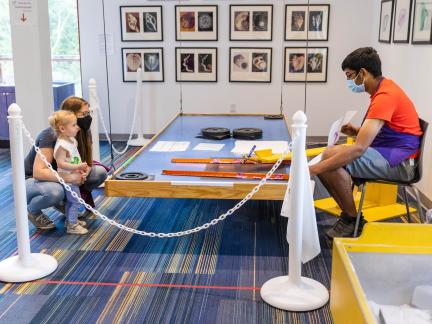
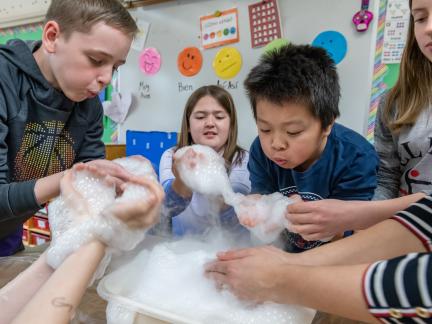
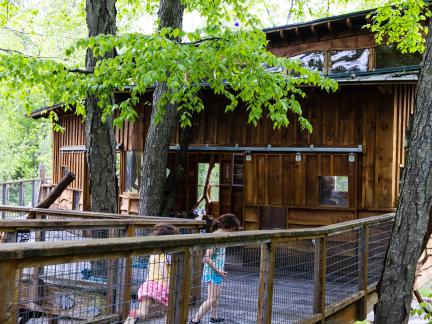
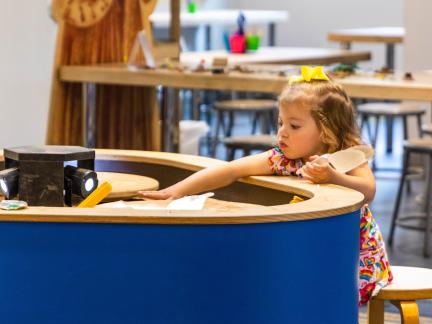
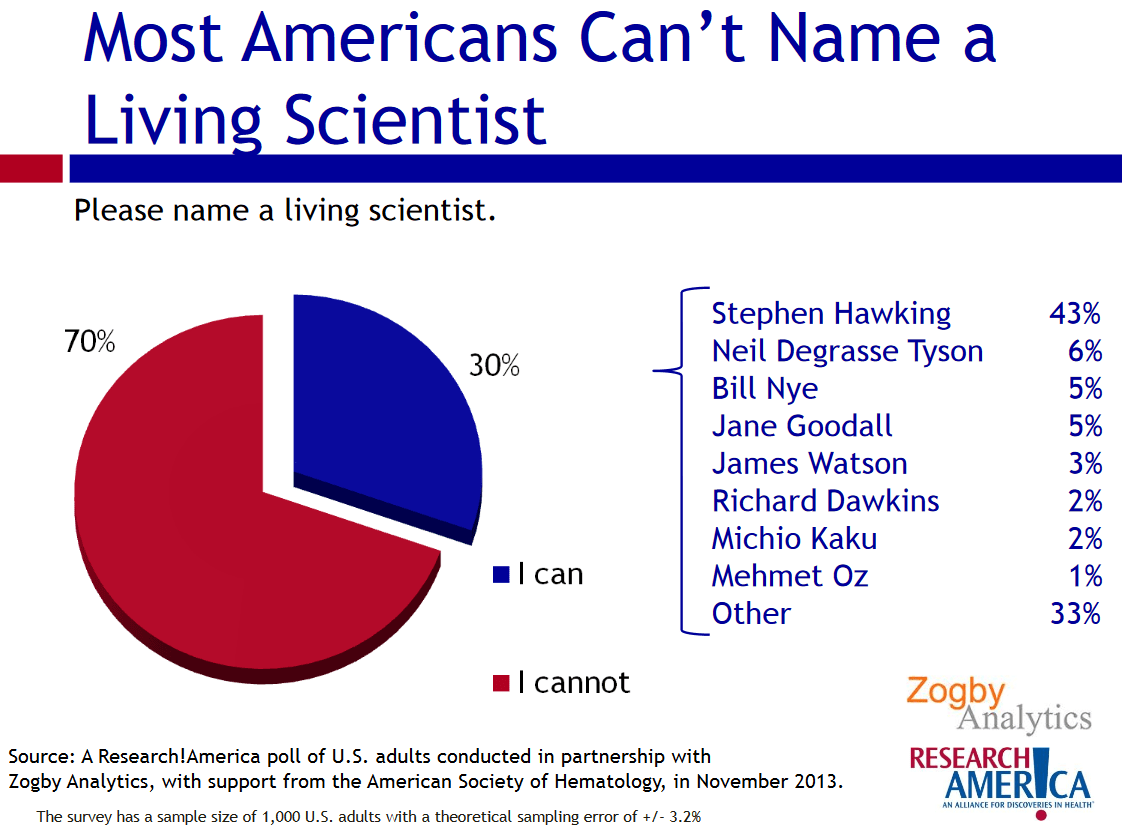
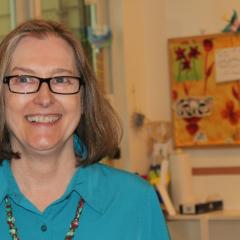
Comments
Add new comment